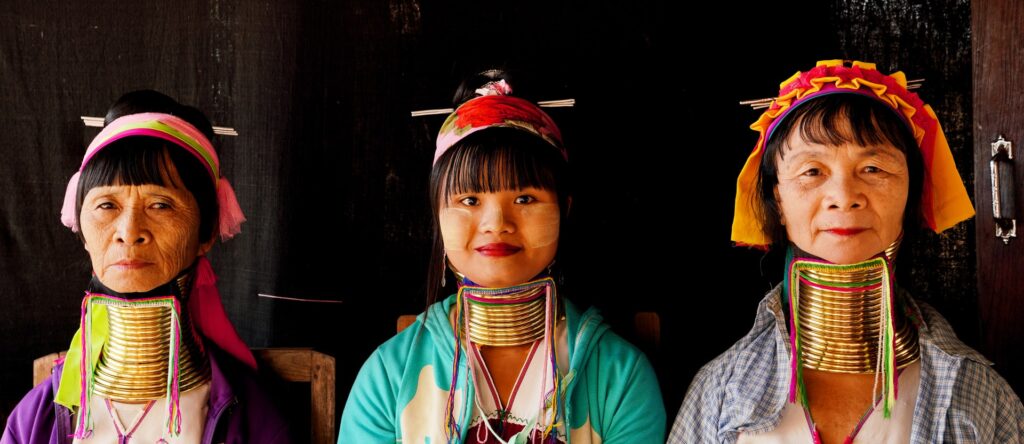Indigenous cultures, encompassing the traditional beliefs and practices of communities existing before colonial expansion, offer a rich tapestry of worldviews. These belief systems are often deeply intertwined with nature, spirituality, and ancestral connection. Let’s delve into 10 fascinating beliefs from various indigenous cultures
Dreamtime (Australian Aboriginals): This complex belief system posits that the world we experience is a continuation of the dreamtime, a period when ancestral spirits created the landscape and established the laws of nature and society. Indigenous Australians believe in maintaining a harmonious relationship with the dreamtime through rituals and storytelling.
Wakan Tanka (Japanese Ainu): The Ainu people believe in a world divided into two realms: “kamuy” (the spiritual world) and “kamuynu” (the physical world). “Kamuy” includes both benevolent and malevolent spirits that inhabit nature. Living in harmony with these spirits and maintaining a respectful relationship with the natural world is central to the Ainu way of life.
The Seven Generations Principle (Many Indigenous Cultures in North America): This principle emphasizes the interconnectedness of all living things and the responsibility of present generations to make decisions considering the impact on seven generations to come. It fosters a sustainable approach to life and resource management.
Mana (Polynesian cultures): This concept refers to an invisible life force that permeates all living and non-living things. Chiefs, priests, and certain objects are believed to possess a higher concentration of mana, granting them power and influence. Maintaining balance and respecting the mana within all things is crucial for well-being.
The Four Directions (Many Indigenous Cultures): Many indigenous cultures around the world hold significance to the cardinal directions (north, south, east, west) often associating them with specific colors, spirits, or elements. These directions can hold symbolic meaning in rituals, ceremonies, and even daily life.
Ancestral Veneration (Many Indigenous Cultures): Respecting and honoring the spirits of deceased ancestors is a common thread among many indigenous cultures. Ancestors are seen as guides, protectors, and sources of wisdom. Offerings, prayers, and rituals are performed to maintain a connection with the ancestral realm.
Zoomorphism (Many Indigenous Cultures): The belief that humans can possess the characteristics or spirits of animals is found in various indigenous cultures worldwide. Animal spirits can be seen as protectors, guides, or representations of certain personality traits. This belief system fosters a deep connection with the animal world.
The Rainbow Serpent (Indigenous Australians): This creation story, prominent in Aboriginal cultures, features a serpent-like being who created the landscape and the laws of nature. Rock art depictions of the Rainbow Serpent are found across Australia, signifying its importance in their belief system.
The Pachamama (Andean cultures): In Andean cultures, Pachamama represents Mother Earth, a sacred entity that sustains all life. Offerings and rituals are performed to maintain a reciprocal relationship with Pachamama, ensuring the well-being of the people and the land.
The Soul Journey (Many Indigenous Cultures): The belief in a soul’s journey beyond death is prevalent in many indigenous cultures. The soul may travel to a spirit world, be reincarnated, or exist in another form. Funeral rituals and practices often focus on guiding the soul on its journey after death.
